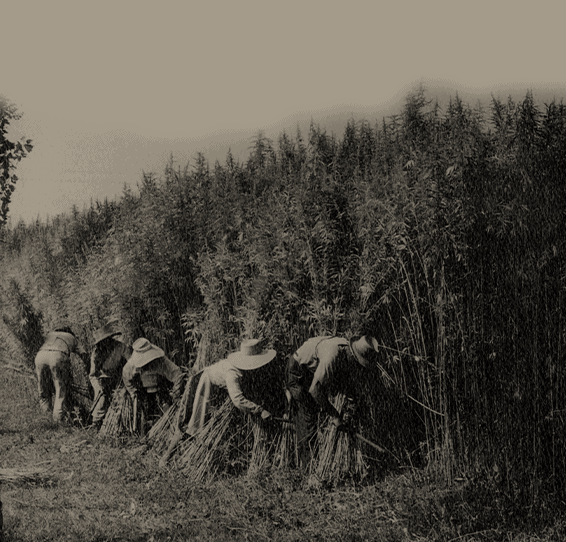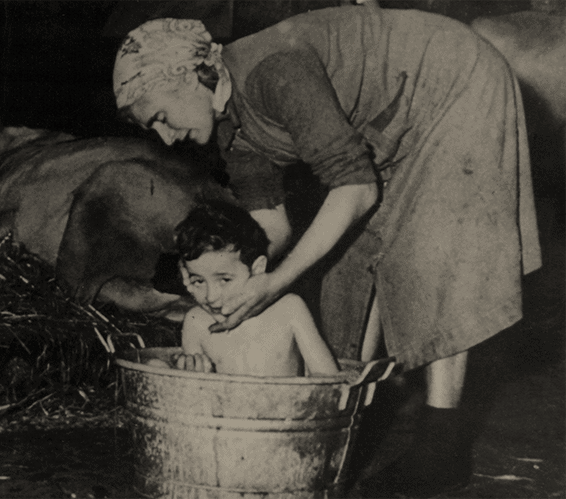Summer
During the summer, the rhythm of country life intensifies considerably: this is the season of the harvest.
In this case, too, there is no shortage of atavistic propitiatory rituals that derive from rural tradition: the bonfires for the Feast of Saint John the Baptist, for example, but also the gathering of aromatic and officinal herbs endowed with particular properties.
In the fields, the summer cereal crops are harvested. The first of these is wheat, which will then be sown again in the autumn: « S̖e s̖ta bó e’ dè ‘d S̖a Gal u s̖’s̖ómna néca la val», in other words: «if the weather is fine [bel tempo] on the feast of Saint Gall (16th October) you can even sow in the valleys».
But summer is also the period when fruit is picked, especially in a region like Romagna, where historically modern fruit farming began.
che quèl chi à fat i à fatt,
che adèss u s’èra préima se tratour.
E’ pianz e’ còr ma tòtt, ènca mu mè,
avdai ch’i à lavurè dal mièri d’ann
e adèss i à d’andè véa a tèsta basa
dri ma la còrda lònga de’ mazèll.
( “I bu”, a poem by Tonino Guerra)

July is the month traditionally devoted to reaping, i.e., harvesting the wheat, followed by tying it together in sheaves. In our collection you will find harvestersand equipment for creating the sheaves, like the so-called “garzone di Mussolini”, but before the advent of these innovative instruments, reaping was carried out exclusively by hand with a sickleand the system for tying the sheaves together known as balzi. Just about everyone took part in reaping: the men and women scythed the wheat, the children created the balzi, and the strongest farm labourers tied the sheaves together, making this a collective activity that involved the whole of the rural community.
waving and dry, calls out to be reaped,
because, at the end of its delicate stature,
it offers each child a swelling ear.
The farmer’s wife yearns for it
as she stands in the shallow shadow of a barn:
how much labour is needed before the miller
brings it back to her as soft flour!
The good woman raises her eyes towards the blazing sun,
then looks at her children dripping with sweat, and her husband
hunched over in the furrow, and, with her blackened finger,
over the field she makes a large sign of the cross.
(“Il grano”, a poem by Giovanni Papini)

Another typical operation in summer, and which follows on immediately after reaping, is threshing. The objective of threshing is to separate the grain of wheat from the chaff (i.e., the husks of the ears of corn). Before the arrival of threshing machines, the wheat was beaten by hand with a flail, with stones or bricks, or was trodden by animals.
e’ gran a e’ patron a e’ cuntaden la paia.
E canta la zighela: tula, tula,
e’ gran a e’ patron, a e’ cuntaden la pula.
(Popular song of Romagna)


